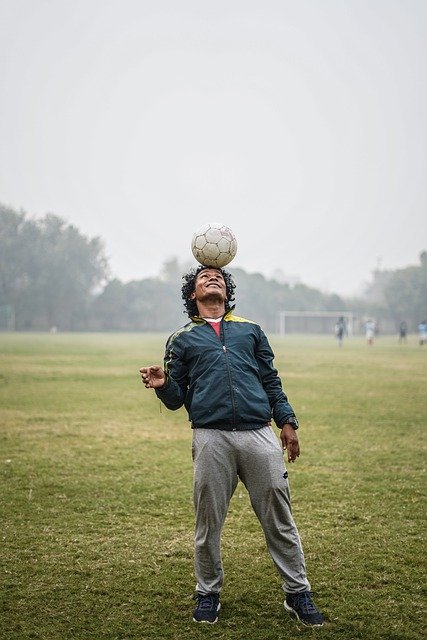This post may contain affiliate links. Please read the disclaimer for more information.
At this point, it has been several months since I first hurt my foot again.
I was playing soccer and basically bent my toes back during a challenge with all my force still moving forward. This hyperextended my toes, pushing them back towards me, and has since given me a fair amount of discomfort on the bottom of that foot.
I have tried many different remedies, even some from the infamous R.I.C.E. protocol, just to verify that I wasn’t avoiding it for no reason. As expected, no improvements were made from this. So I still firmly stand with my opinion that the R.I.C.E. protocol is next to useless.
Obviously, with an injury like this, rest will be required. You would never heal if you kept re-aggravating the injury (hence why I’m still injured). So rest is a non-negotiable. The problem is, resting the bottom of your foot means not being on your feet very much.
For a person like me who works a job that spends the whole shift on my feet and is very active outside of work, this is the hardest part to deal with. The pain actually isn’t bad at all, especially compared to what it has been like in the past.
But this lingering sensation around the ball of the foot just won’t fully go away and it has a lot to do with the fact that it’s very hard to recover your foot when you rely on them for almost everything.
I’ve tried many different remedies from epsom salt baths to walking boots, with most things just serving as temporary fixes or even ineffective altogether.
Lasting Pain Relief
The only thing that has truly helped to address the root cause of my issue is myofascial release.
Interestingly enough, it wasn’t even using myofascial release on the bottom of my foot (like I have with plantar fasciitis) that gave me the most relief. It was actually doing it on the calf muscles that run down the inside of the shin bone that made the most significant difference in the ball of my foot and toe feeling better.
If you’re curious to look them up, the muscles I’ve identified as being the best to release are the tibialis anterior, extensor hallucis longus, and soleus muscles which are all located around the shin and calf area.
These are all muscles that Dr. Kelly Starrett targets for pain relief in his book, Becoming a Supple Leopard, starting on page 419.
Of course, I always recommend to start with the muscles that experts like him recommend targeting, but you should also stop and focus on any larger adhesions you find around those areas that feel like they need releasing. These are the issues that when addressed, will give you the most noticeable relief.
While performing these releases on myself, I can literally feel the bottom of my foot and my big toes tingling slightly. This is an excellent sign that I am tapping into the source of blood flow to that part of the body.
To put it all together, the larger calf muscles are able to dictate a lot of the movement of the ankle and foot. So when you release those calf muscles, you are allowing more blood flow to pass through that tight area from the calves, through the ankles, and circulate into the feet.
This is the premise of myofascial release as a whole. We are trying to break up the adhesions and tightness in the fascia itself to allow for better blood flow and better range of motion.
This is ultimately what is going to help you heal because this is the only way the body knows how to heal itself. It inflames the injured area and sends increased blood flow there to deliver nutrients on the way in and clean up the lymph that will be disposed of in the lymphatic system on the way out. We just need to provide the best environment possible for the body to be able to do it’s job.
Myofascial release is, yet again, my body’s savior as it has relieved me of a lot of pain and allowed me to carry on working and exercising lightly.
If you need direction on how to go about using it for yourself, please follow the links above as they all lead to additional resources.
Day-to-Day Pain Relief
The other thing that has helped me, on a more day-to-day basis, is sensory-activating shoe insoles.
I now wear these every day and switch them into whatever pair of shoes I am wearing. There is something about having a varied texture under the feet that makes them hurt less and keeps them from getting as fatigued, even after working on your feet for a whole day.
I would highly recommend these as a means of feeling better for the time being, however, these are not going to solve the root of your problem. These will just make your life more manageable while wearing them.
I will also mention that I use these in conjunction with minimalist footwear, mine being Hanas and Oswegos from Xero Shoes. I say this as a reminder because I believe moving into more minimalistic footwear is a non-negotiable if you want to strengthen your feet and make your whole body more robustly healthy.
Wearing minimalist footwear will allow your toes to spread out, your heels to sit level with the ball of your foot, and your foot to be less compromised as a whole. Combine this with the insoles and will begin feeling more activated and stronger with some time and practice.


Leave a Reply